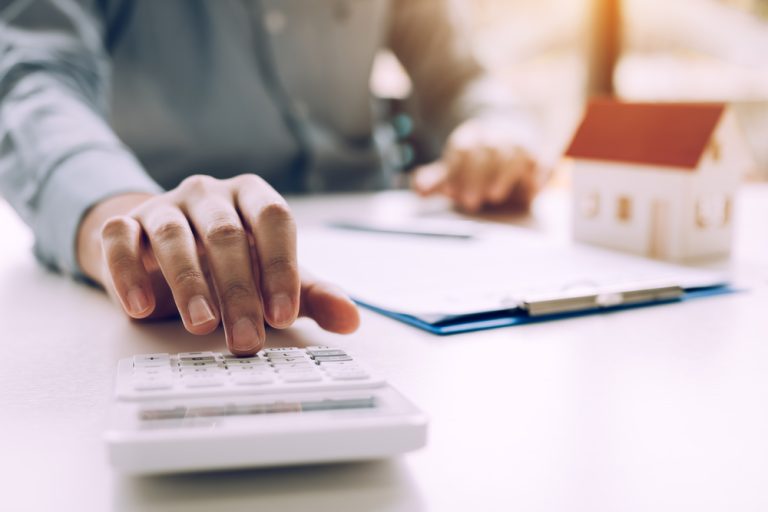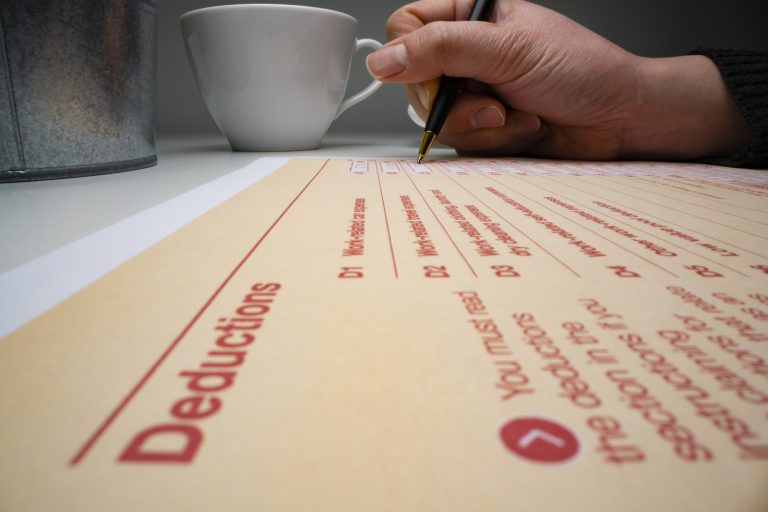Spending a Dollar to Save 30 Cents: The Risk of Tax-Driven Investment Decisions
Australians love a good tax deduction. It’s almost ingrained in us—if there’s a way to pay less tax, we’re all ears. But what happens when tax savings become the main…

Australians love a good tax deduction. It’s almost ingrained in us—if there’s a way to pay less tax, we’re all ears. But what happens when tax savings become the main…

In his 2024 Federal Budget speech, treasurer, Jim Chalmers, announced that ‘The number one priority of this government and this Budget is helping Australians with the cost of living’. But…

When it comes to getting the most (money) from your annual tax return, there is usually a lot to think about, so we’ve identified a few options that could open…

Here is a list of tips to help you minimise the amount of tax you pay this end of financial year: 1. Keep records Even if you use an accountant…

With the range of technology and software available today, it’s become easier than ever to work from home. Employees can efficiently complete calls using teleconferencing software, many collaboration tools are…
End of content
End of content